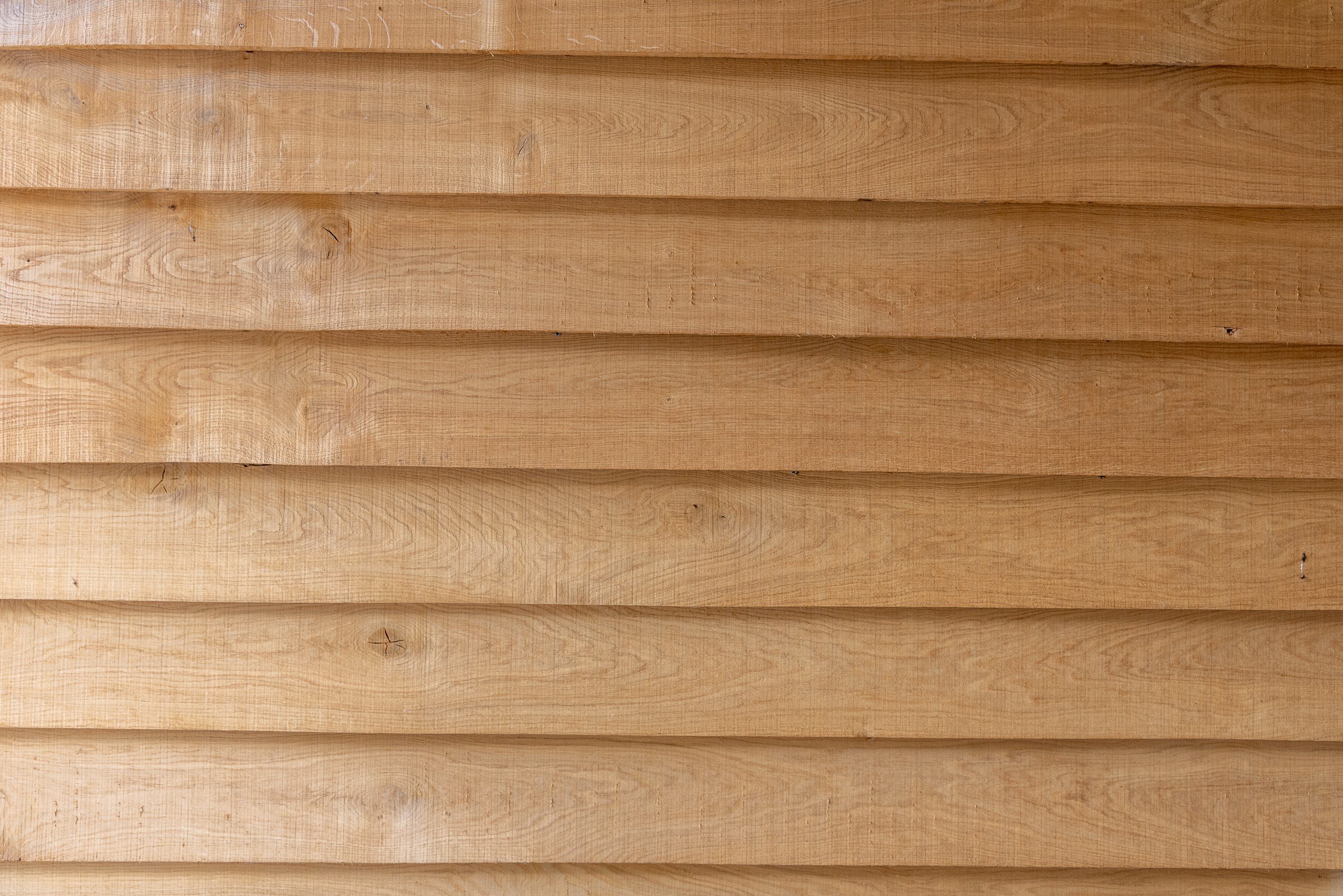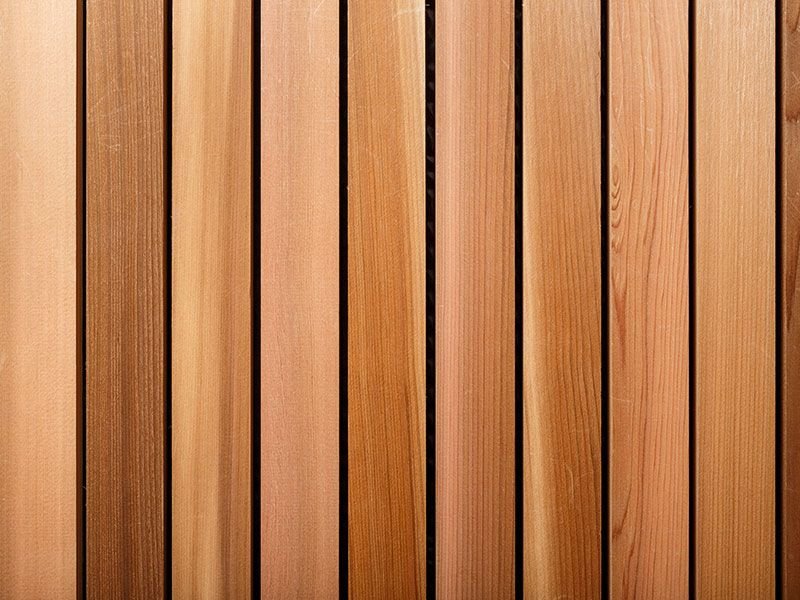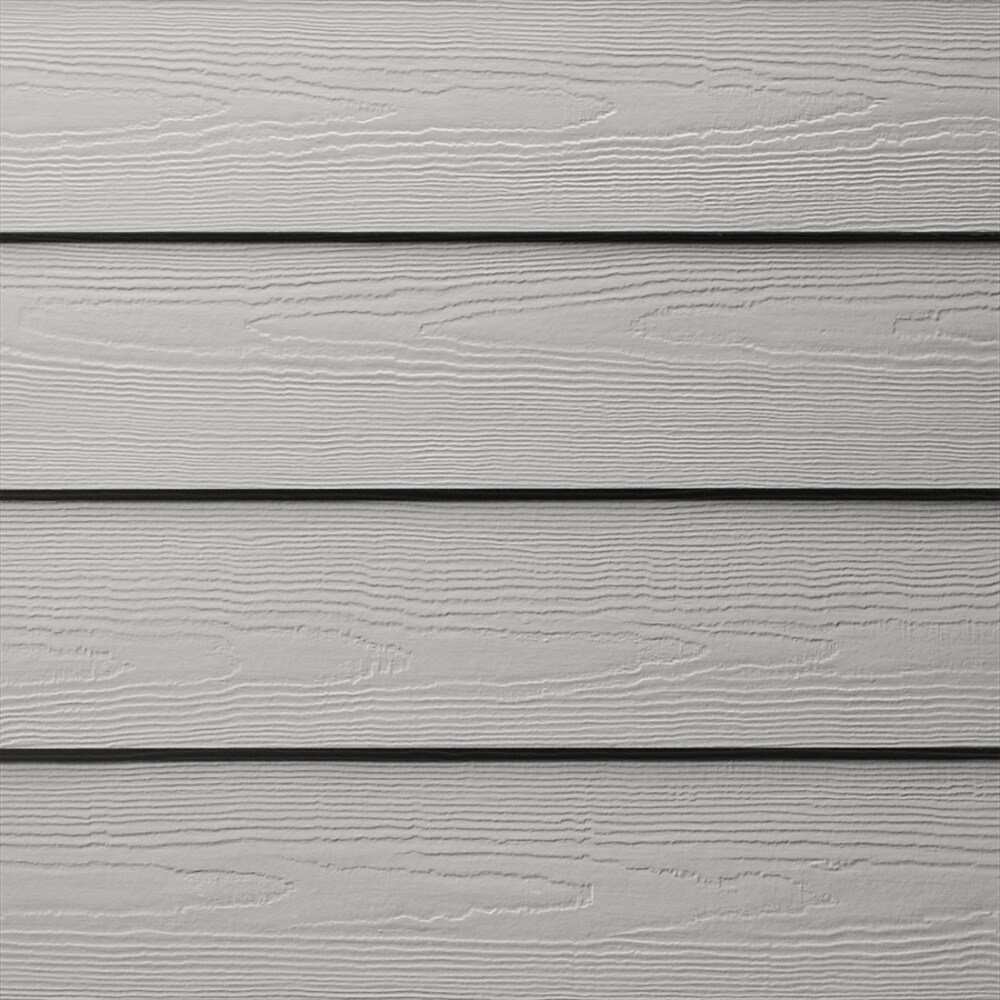Cladding: which species is right for me?
Cladding has the job of protecting the waterproof membranes from debris and over-exposure to UV rays, as well as taking the grunt of the wind and preventing the majority of rain ingress. It also forms one side of a residual cavity that allows a naturally-drawn stream of outside air to ventilate the structure, and any moisture absorbed by the cladding itself.
Each type of cladding will express its own characteristic, and the properties of the material are subject to it’s application. Selecting a type of cladding for you project is subject to technical requirement as much as it is personal preference.
Feather Edged English Oak:
Appearance: Feather edged English Oak has a natural, rustic appearance with a rich grain pattern and warm colours that age gracefully to a silver-grey patina.
Durability: English Oak is a hardwood known for its durability and resistance to decay, making it a long-lasting cladding option.
Maintenance: Optional periodic maintenance such as staining or oiling to maintain its appearance and prevent weathering.
Eco-credentials: Oak is a sustainable choice if sourced from responsibly managed forests. It's a renewable resource, but consideration should be given to its transportation impact if not sourced locally.
Open-jointed Siberian Larch:
Appearance: Siberian Larch has a golden to reddish-brown hue that weathers to a silver-grey colour over time, maintaining a natural and attractive appearance.
Durability: Siberian Larch is a durable softwood with natural resistance to decay and insects, making it a durable cladding option.
Maintenance: Optional minimal maintenance, as it naturally weathers without losing structural integrity.
Eco-credentials: Siberian Larch is often considered eco-friendly due to its rapid growth and sustainable forestry practices in some regions.
Profiled Western Red Cedar:
Appearance: Western Red Cedar features a reddish-brown to pale yellow color and a distinctive grain pattern. It weathers to a silver-gray hue while maintaining a beautiful appearance.
Durability: Cedar is naturally resistant to decay and insects, offering excellent durability in many climates.
Maintenance: Requires periodic maintenance, such as staining or oiling, to preserve its appearance.
Eco-credentials: Western Red Cedar is often considered an environmentally friendly choice due to its sustainability and natural resistance to pests, reducing the need for chemical treatments.
Lapped Cement Fibre Board:
Appearance: Cement fibre board cladding offers a modern and clean appearance with smooth or textured finishes. It is available in x21 colours and x2 surface styles.
Durability: Cement fibre board is highly durable, resistant to rot, pests, and fire, making it a low-maintenance option and regulations compliant when building close to a boundary.
Maintenance: Requires very minimal maintenance, usually occasional cleaning to remove dirt or mildew.
Eco-credentials: Cement fibre board is made from sustainable materials, including cement, wood pulp, and natural fibres. It is considered eco-friendly due to its durability and recyclability.
In summary, the choice of cladding material depends on your aesthetic preferences, budget, and environmental considerations. English Oak and Siberian Larch offer a natural and traditional look, while Western Red Cedar provides a timeless appearance. Cement fibre board is a modern and eco-friendly option with low maintenance requirements. When making your decision, consider your location, climate, and visual impact on rain screen design.





